The product owner plays an important role in scrum that provides the team with the goal and business vision. The product owner is accountable for maximizing the value of the product, resulting from the work of the scrum team.
However, there are times when an owner fails to add enough value to the business. The set of activities that cause the owner of a product to undermine the development process is called product owner anti-patterns. When this happens, experts question the relevance of a product owner's involvement during the development cycle in scrum.
In this article, we'll take a look at the role of a product owner, the common mistakes that may occur, and how to avoid them.
In this article:
The Role of a Product Owner
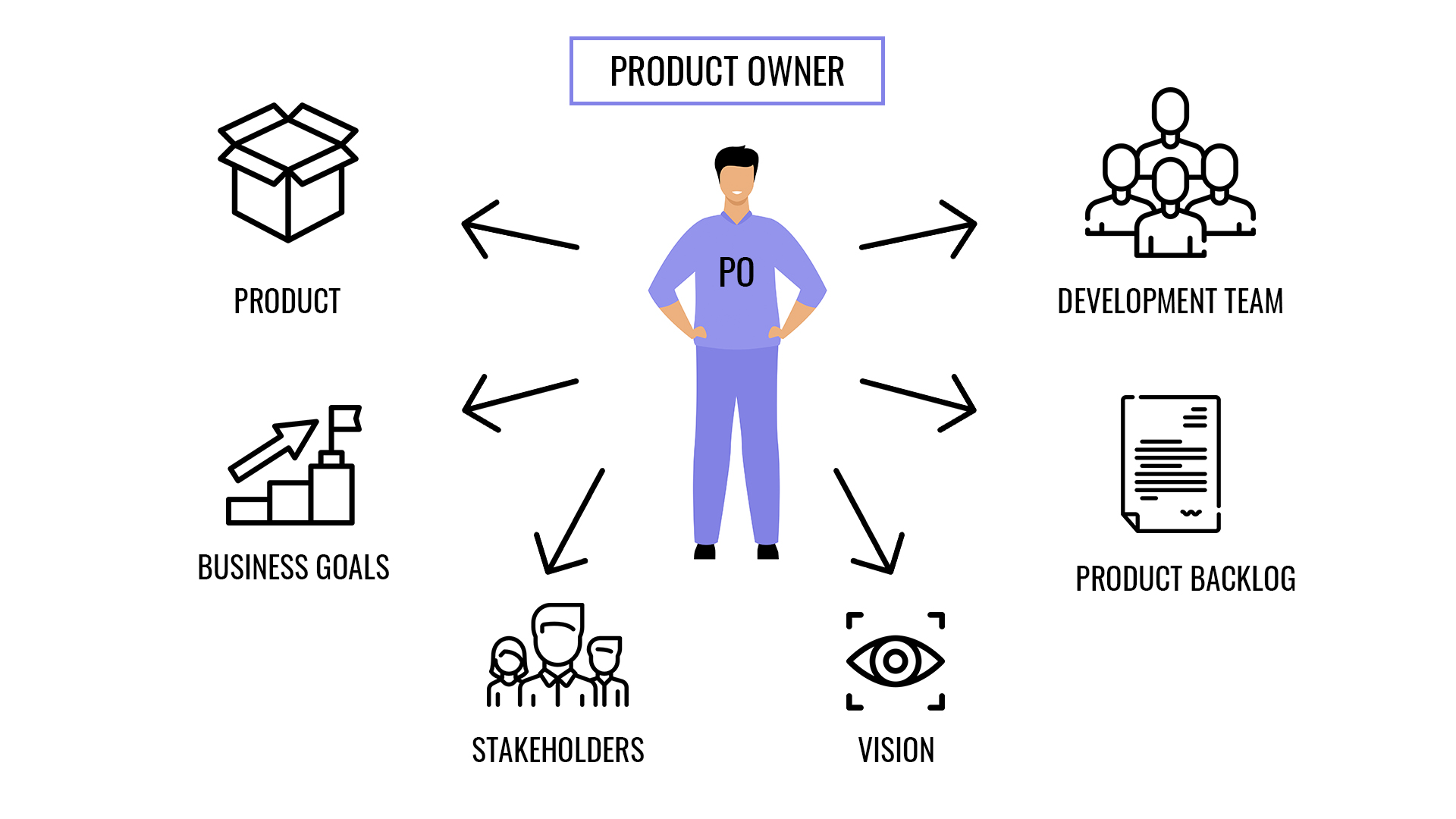
Just like the name implies, the product owner owns the product that is being developed, adds value to it, and controls the product backlog in a scrum team. They also ensure that the right thing (i.e., structure or framework) is built by developers, thereby avoiding wastage of resources.
When you consider that the owner manages different aspects of product development, it's clear that they are a vital part of the entire process. The role of the product owner includes:
- transforming the vision of the product into an actionable backlog;
- defending the customers’ needs in front of the development team;
- building and prioritizing production processes to make sure that the development team is clear on their next work.
The product owner is also accountable for effective product backlog management, which includes:
- developing and clearly communicating the product’s purpose;
- creating and explicitly communicating product backlog items;
- ordering product backlog items;
- ensuring that the product backlog is transparent, visible, and understandable.
Now that it's obvious what roles a product owner plays, let's check the common issues.
The Most Common Mistakes and How to Avoid Them
The main problem for the product owner is that they may lose focus on the value of a business request. Consequently, the number of unfulfilled tasks leads to a failure of the key aspects of team organization:
- no scrum team direction;
- no target and focus;
- no features instead of value;
- no motivation for the development team.
Product owner anti-patterns can quickly derail the entire development process in a scrum team. So what's the value in building a product quickly to meet required specifications if it's not the right thing? This lack of direction can translate to a colossal waste of resources and time. Product owner anti-patterns are a major problem that can badly influence the revenue of the company and chase stakeholders away.
Product owner anti-patterns have the potential to undermine any stage in sprint planning and make the process slower. During the development phase and after it's completed, stakeholders of the company are expected to identify the negative effects of the product owner on the development team by reviewing the scrum framework. You can determine how much the process has deviated from the original product vision.
So, let's take a look at the common product owner anti-patterns and the effect they have on the development team.
Lack of a Well-Defined Product Vision
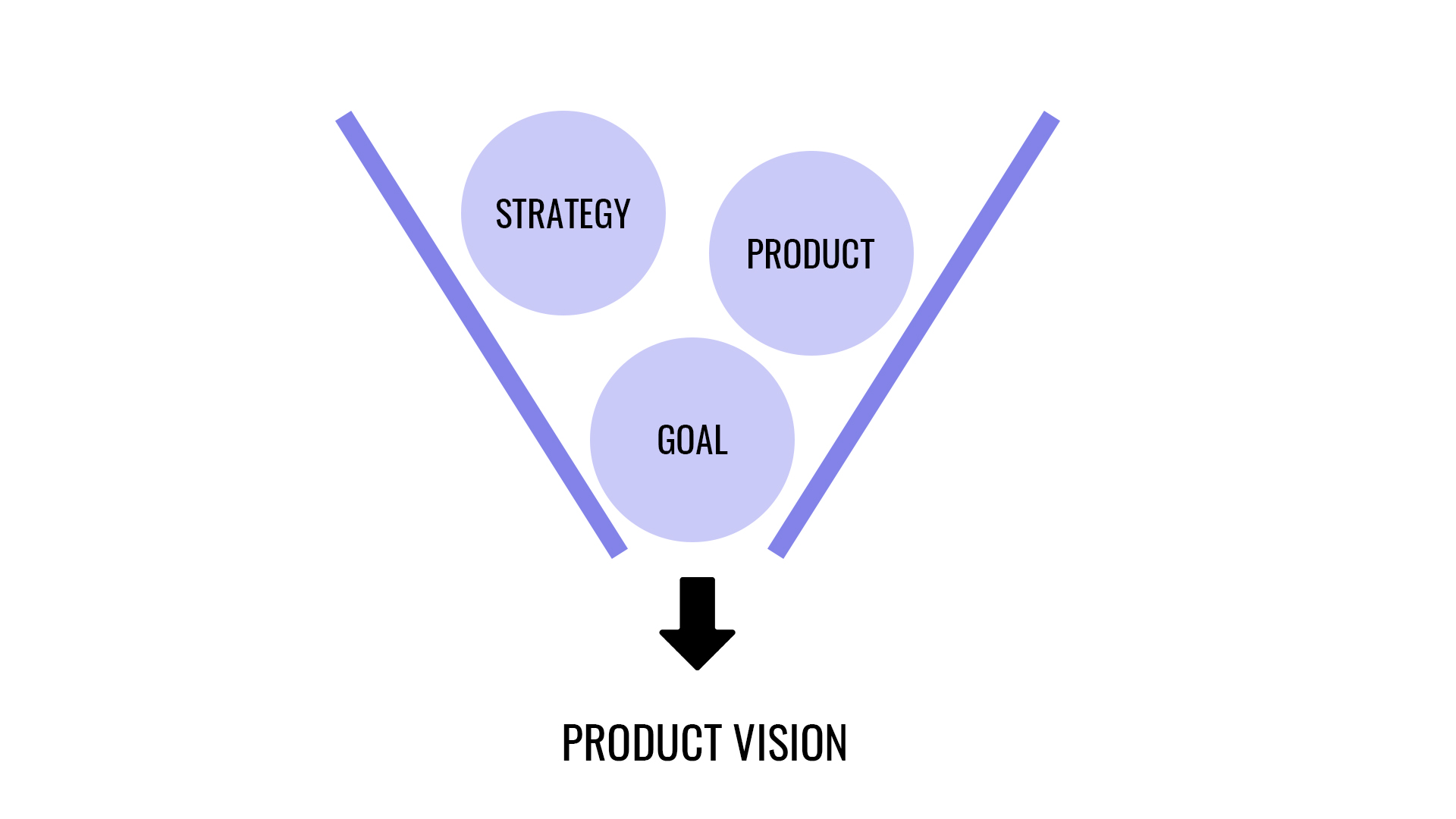
The product vision is an important element of item creation. The product vision defines and expressly states the expected turnout of the process in scrum.
- A poor or completely lacking product vision means that the development team would work haphazardly without a defined goal in mind. Without a well-defined vision of the organization's goals in item creation, the whole project would be a mess.
- The product is expected to contain a shared definition of ready and done. This statement means that the product vision will contain information on when an item is actionable in the backlog. It will also contain specifications that tell you an item has already been completed. Inability to properly complete the backlog’s items or stories with varying levels of quality may lead to conflict between the members of the development team.
Product owners are expected to have and operate with a defined product vision. This vision will guide other aspects of product development, such as idea generation, prototyping, and planning. It will even be the benchmark that could determine the organization's objectives and how to achieve them.
Lack of Actionable Product Knowledge
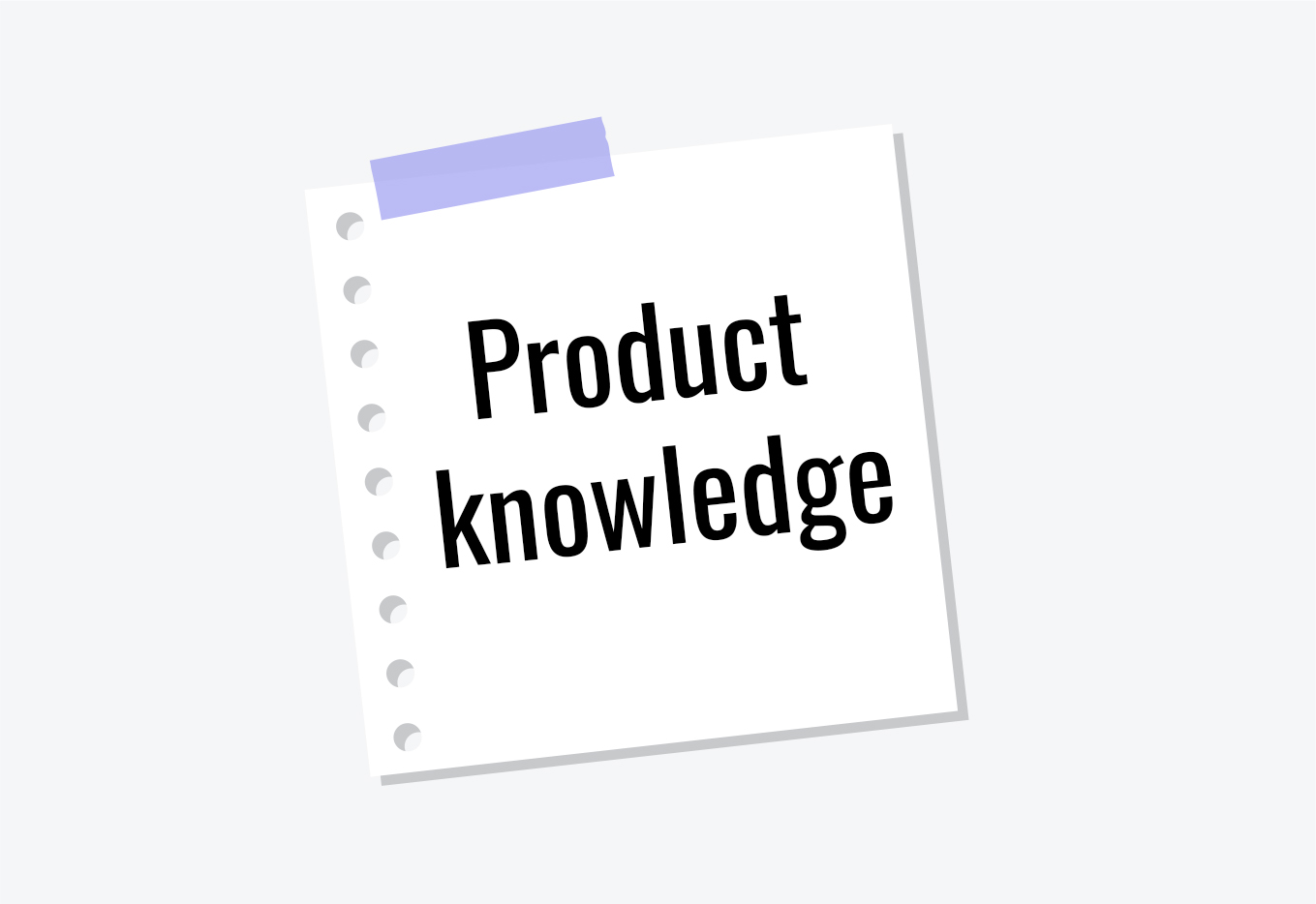
Product knowledge is essential and will determine the effective implementation of your product vision.
- Every product owner is expected to have adequate knowledge of the item that is being created. They should know the target audience for the product and the problem that it solves. Lack of essential or actionable product knowledge means that the owner will be unable to analyze and identify the most important elements of the product.
To solve this problem, it's recommended that every product owner have clear, actionable product knowledge before the assembly of the development team. Stakeholders have to guarantee the competence of the product owner to oversee the entire development procedure. The product owner should be aware of the target audience, the problem that the product solves, and be able to answer any queries related to the product correctly.
Constantly Busy Product Owner

Product owners are a vital cog in the development and refinement cycle. As a result, they should be on hand to contribute to every stage of the process.
- These owners spend a lot of time with stakeholders, the development team, and the scrum master to monitor and contribute to product development. If the product owner does not abandon their duty during the product development process, the entire team learns valuable information, and can answer vital questions and queries. The availability of the product owner should not be a constraint or bottleneck for product development.
- The product owner is expected to be on the ground to refine the product backlog. This refinement session is often overlooked, but it allows the team to identify potential work and see what's coming next. Without their presence, there will be a lack of clarity and direction. This void would make it difficult or near-impossible to plan for the next stage of the item creation. A busy product owner will lack the foresight to deal with unexpected variables that may threaten to undermine the work of your team.
To deal with this problem, the product owner is expected to clear their schedule. Any activities that are not concerning product creation or development should be treated as second-tier activities.
Too Much Interference with Teamwork
While the product owner is expected to be actively involved in the development process, it may be regarded as too much interference. It may lead to interference that will slow the work down and make team goals more difficult to achieve.
- A product owner can’t assign duties to members of the team. Too much intervention could mean that they are starting to dictate or control everything about the process. It's easy to forget that a development team is a self-organizing team where most ideas originate from within the team.
- When a product owner involves themselves too much in a development cycle, it may be due to an absent/incompetent scrum master. This type of interference will stifle the work of others in the team and prevent innovative ideas from being appreciated. The role of every team member, including scrum master and developers, is to be respected by the product owner.
To avoid such situations from happening, the development process has to be anchored by a scrum master. An effective scrum master will serve as the intermediary between the product owner and the development team. The scrum master will prevent the product owner from controlling the development process too much and ensure that the team handles all their activities properly. A strong scrum master can even coach the owner on correct behaviors.
Lack of the Power to Serve as the Guard of the Backlog
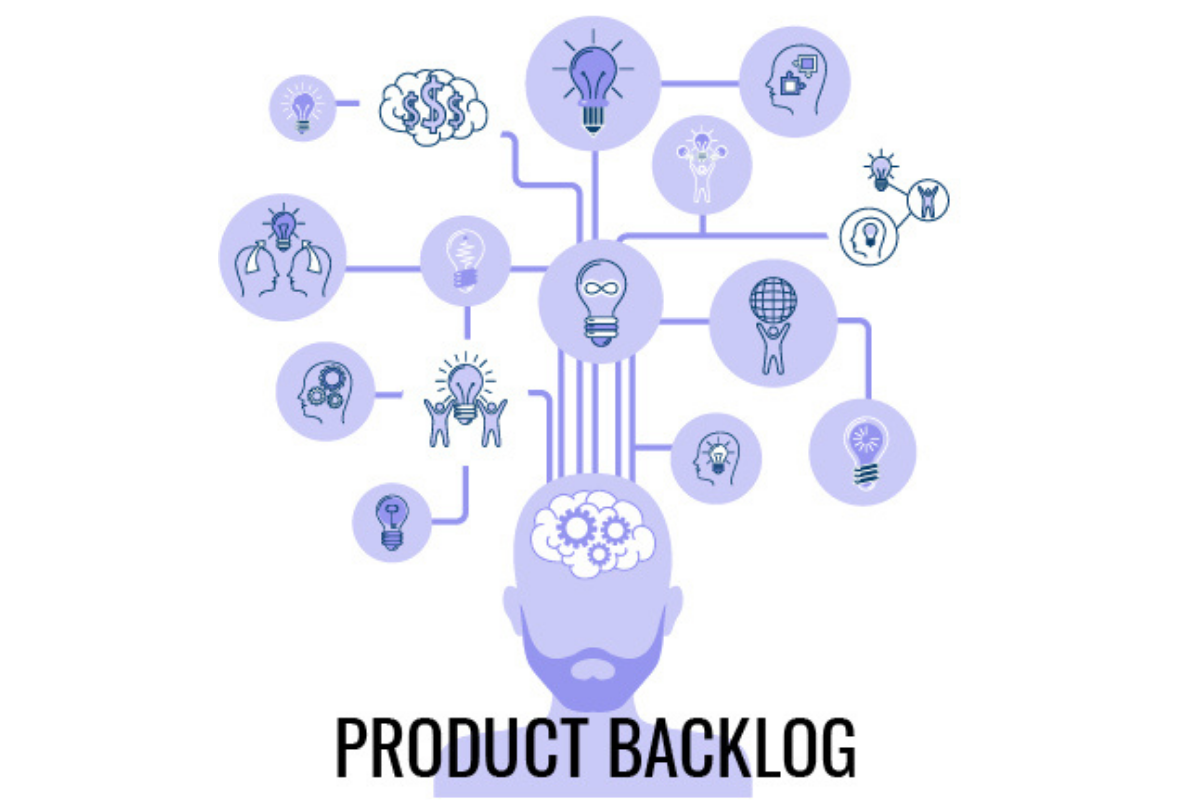
A product backlog is a repository of ideas. Failure to protect it could affect the performance of the organization. This scenario occurs in organizations that fail to give the product owner enough control over the development process.
- Most organizations do not realize the effect of stifling their product owner. In an organization where the product owner does not have enough power to manage the backlog, the product manager may alter the backlog too much.
- When the product manager has too much power and the product owner's power is kept in check, it will cause them to stop caring about the product. Instead, they will completely surrender to the whims of the manager. This type of product owner will not have concerns about ROI and will not display any entrepreneurial behavior. In most organizations, the chain of command will stifle the product owner. In these scenarios, the stakeholders do not trust the capability of the product owner's inefficient delivery.
The solution to this type of product owner anti-pattern problem is to give back power to the right channels. You have to trust your product owner and support them. The owner should be left with the power to make decisions that will protect the backlog from too many changes.
The Product Owner Has Too Many Teams
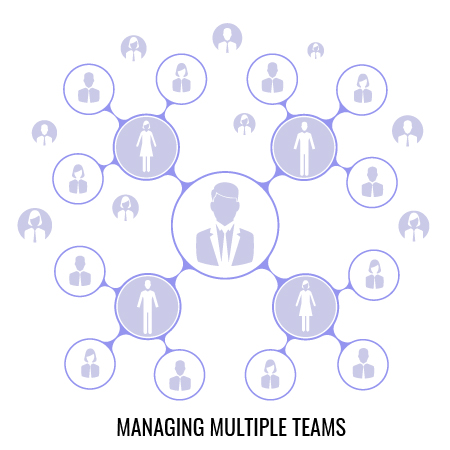
There are times when a product owner is already a part of several teams. During this type of scenario, they end up being choked with work and can barely coordinate the activities of any team properly. They may even mix up the activities for their teams and ruin different development cycles.
The product owner is not expected to be on more than two teams. This statement is a general rule to help them properly schedule their workload. Even when they demand more responsibility and a chance to control more teams, it shouldn't be allowed. Product owners that work with too many teams find it difficult to commit to any of them.
Multiple Product Owners with a Single Product

This problem can lead to the over-saturation of the product development cycle. Having too many product owners is a recipe for failure because there will be input from too many quarters. Product ownership by the committee may seem beneficial because of the promise of leveraging the experience of multiple people. However, it can also be problematic. Multiple product owners on a single product may lead to conflicts, lack of direction, poor decision-making, and product failure.
The best way to deal with this type of scenario, where the product is owned by a committee, is to choose a product owner whose decision will be supreme. Create clear guidelines that other stakeholders will follow. Input from other stakeholders should also be accepted as credible feedback. After every sprint, all the stakeholders should review the product and make sure it meets the acceptance criteria of the product owner.
We've clearly emphasized the dangers of product owner anti-patterns and how to deal with them. But, how can you eliminate it and improve the performance of your product development team? Keep reading.
Involve Professionals to Find Product Owner Antipattern Solutions for Your Business
Are you looking to organize your development team effectively and eliminate product owner anti-patterns? If so, you should seek professional help for effective results.
The teams at Geniusee are experts at product development and provide quality services. We offer quality consultancy and support for all clients, including a long list of small- to medium-sized businesses in AgroTech, FinTech, EdTech, and other industries. Also, we work with businesses in different countries, including:
- Singapore,
- the UK,
- Germany,
- Ukraine,
- Japan,
- the USA,
- Switzerland.
At Geniusee, it's our job to ensure compliance and stability of the development team by working with those that have the same values: trust, transparency, responsibility, and partnership.
Conclusion
A product owner is a vital part of a functional scrum team. A product owner serves as the linkage between a development team and the business but also ensures that the product is delivered when due. Poorly defined product owner roles and product owner anti-patterns are some of the major problems faced by most organizations in delivering high-quality, streamlined products. The most effective long-term solution is to define product owner roles and understand end-to-end scrum processes clearly.





















